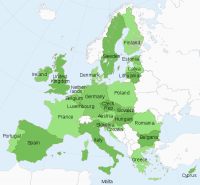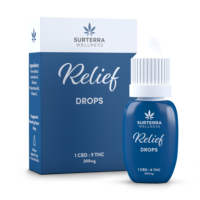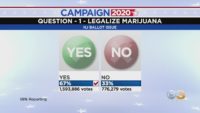<![CDATA[
PHOENIX November 24, 2020 – PRESS RELEASE – 4Front Ventures Corp. has announced that its fully funded, state-of-the-art, 185,000-square-foot production facility in Commerce, Calif., is nearing completion and will be ready to serve the $3b California cannabis market in Q2 2021. The project is on target to be completed in April 2021 with the company planning for the first of its full line of edibles, tinctures and vape products to be on California retail shelves by May.
Leveraging its Washington facilities, 4Front has successfully introduced its products and brands into Massachusetts, Illinois and soon to be California. The automated, state-of-the-art Commerce facility incorporates unprecedented capacity for finished goods manufacturing, similar to the scale seen in the traditional consumer packaged goods industry. Commerce will have the ability to produce over 10 times the current capacity of 4Front’s 40,000-square-foot Washington production hub.
The successful closing of a C$17.25 million bought deal financing provides the company with all it needs to finish the California facility and to replicate its proven high-quality/low-cost production strategy that has been so successful in even the most competitive of cannabis markets such as Washington State.
“We’re thrilled to be in California and to be completing our largest and most automated manufacturing facility yet,” stated Leo Gontmakher, chief executive officer of 4Front. “Our experience in Washington, Massachusetts and Illinois, where we excel in low-cost manufacturing at scale, uniquely positions us to successfully compete in one of the largest, if not the largest, cannabis markets in the world.”
Gontmakher continued, “This facility is almost finished and with our large-scale customized production line will produce a minimum of ten times more product per shift than the largest of our other locations. I am not aware of a production facility in the country which will rival us in either size or efficiency and we are poised to attack the California market in a manner that the rest of the industry has been unable to do.
“In short,” said Gontmakher, “this facility is expected to produce quality product at scale and at a price point that pleases both retailer and consumer. Being the lowest cost producer is our strategy for every state in which we operate, and I am excited to soon announce further capacity expansions in Illinois and Massachusetts as well."
]]>












